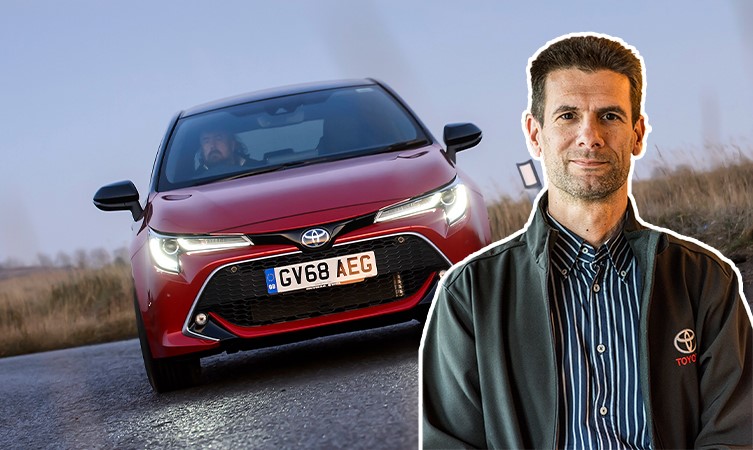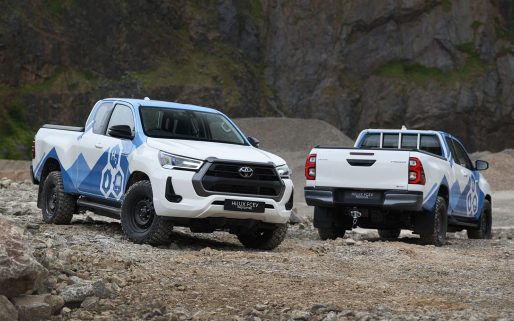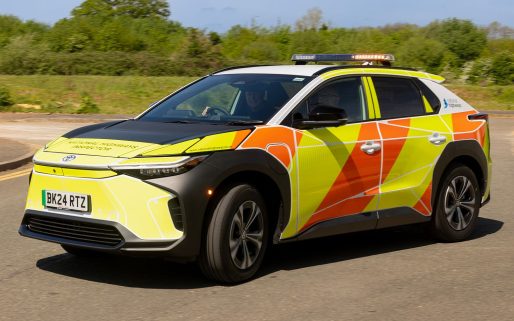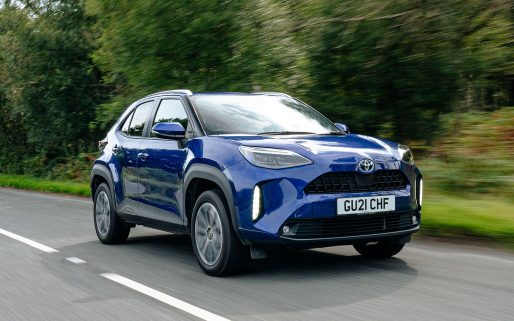Road test reviews of the 2019 Toyota Corolla provide proof that our new core model not only looks stunning but feels superb on the road. In order to better understand this quality we have spoken to three key engineers involved in the model’s development.
We began the series with chief engineer Yasushi Ueda, and he is followed this week by vehicle performance manager Rembert Serrus from Toyota Motor Europe (TME). The series will concludes next week with an interview with hybrid engineer Hiroyuki Tsukashima.
What was TME’s involvement in the development of the new Corolla?
Serrus: “Platform testing for this new generation Corolla was carried out in Europe, in different stages, from 2012. In the case of the Hatchback and Touring Sports, the vehicles were developed with Europe as their primary market. So we set the initial vehicle direction and targets from the start.
“After that we worked on European-specific areas such as vehicle dynamics, driveability, noise and vibration, and sensory quality. In the case of the Touring Sports, the vehicle concept, styling and all components rear of the B-pillar were 100% developed in Europe.”
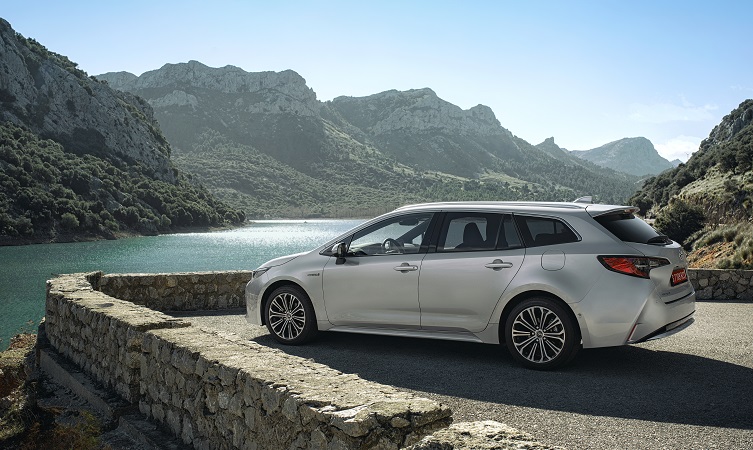
How did you go about making the new Corolla different from previous generations?
Serrus: “One fundamental difference is that we worked with the GA-C platform. This was developed to meet European standards – the highest in the world – in areas such as ride and handling, noise and vibration.
“Throughout the project we aimed to develop an emotionally engaging car. This was realised by the introduction of the brand new 2.0-litre hybrid powertrain, the highest sensory quality standards, and enormous efforts to ensure styling finesse.”
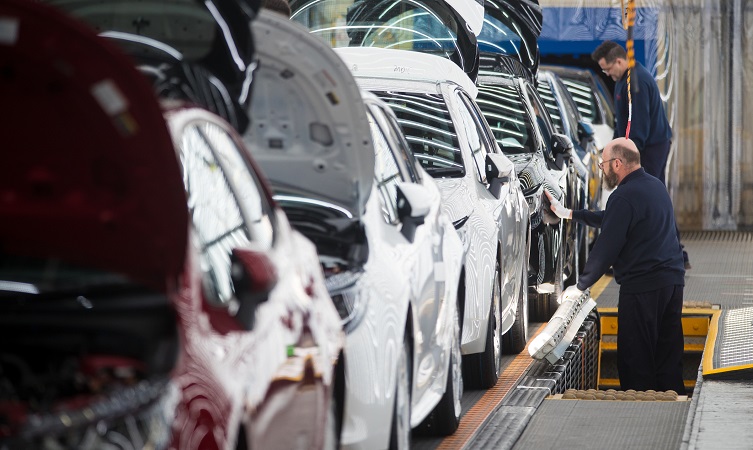
Was there a primary area you wanted to improve?
Serrus: “In a word, coherence, based on the introduction of a dual hybrid offer. We developed the car around that, with optimal driveability, a fine balance of ride comfort and handling, the lowest possible noise and vibration, supportive seats and premium audio. We made every effort to provide a confidant and enjoyable driving experience for both the daily commute and also when travelling long distances.”
What challenges did you have working on an all-new car?
Serrus: “We had many technical challenges, such as how to ensure the body rigidity of the Touring Sports. But I would say the biggest challenge was to develop the new Corolla with two teams – Japan and Europe – working in parallel. Even though communication tools have evolved a great deal today, the progress of the project and success lies in the hands of the people involved. With chief engineers on both sides, communication, understanding and alignment between has been key to overcoming even the biggest challenges.”
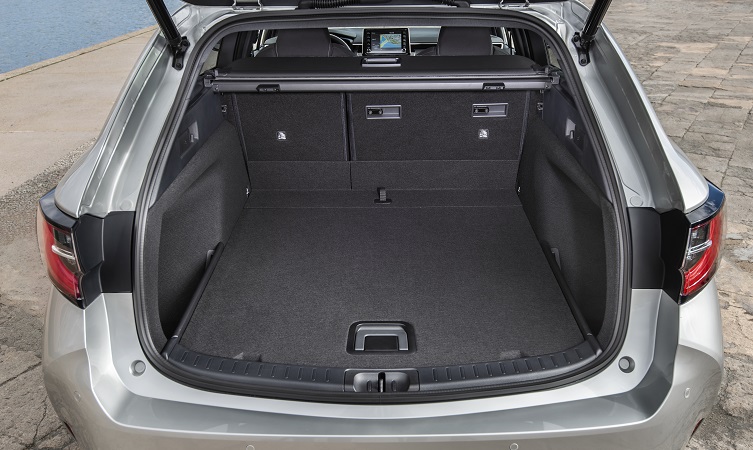
What makes Corolla a true European product?
Serrus: “The vehicle direction and targets were set here in Europe. We worked on many areas, including ride and handling. Sensory quality was also developed by our team, now recognised as a centre of excellence in that field and currently working on many global projects.
At no point did we have to accept a compromise decision to meet the demands of other regions
“At no point in the project did we have to accept a compromise decision to meet the demands of other regions. Rather, new Corolla was developed to be a car that is a strong competitor in the European market and which is sold globally.
“The Touring Sports model was fully developed in Europe and is only sold here, while the Hatchback was specifically developed to meet the stringent demands of Europe’s largest segment. On the powertrain side, we are the only carmaker in Europe to offer two electrified petrol powertrains, which is something European customers are asking for right now.”
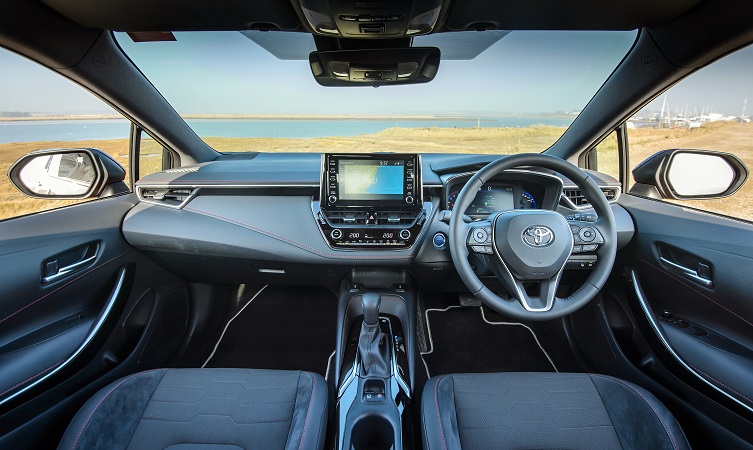
Did you make any alterations to the interior?
Serrus: “With the GA-C platform, the base of the windscreen is 40mm lower, so the overall height of the dashboard was reduced to create a lighter and more elegant shape than before.
“Regarding materials and finishes, we mapped the interior to ensure a consistent approach in all applications. From the first 3D model, shapes were optimised in detail to ensure they looked authentic. For example, the metal inserts look and feel like metal.”
What measures did you take to improve Corolla’s noise and vibration performance?
Serrus: “The overall cockpit sealing performance was improved using a much more effective dashboard silencer with a far smaller exposed area. There is also new door sealing, silencers in the rear wheel wells, front acoustic glass and so on.”
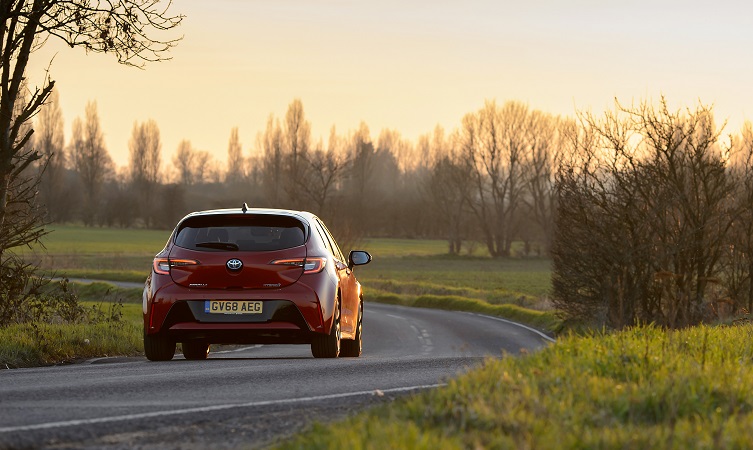
What is your favourite feature of the new Corolla?
Serrus: “It’s not really a feature as such, but for me it is the driving position that makes the most important difference. From the moment you sit in the car you want to take off and drive it. It engages you and provides confidence right from the start.”
Read more: 2019 Toyota Corolla – talking with chief engineer Yasushi Ueda
